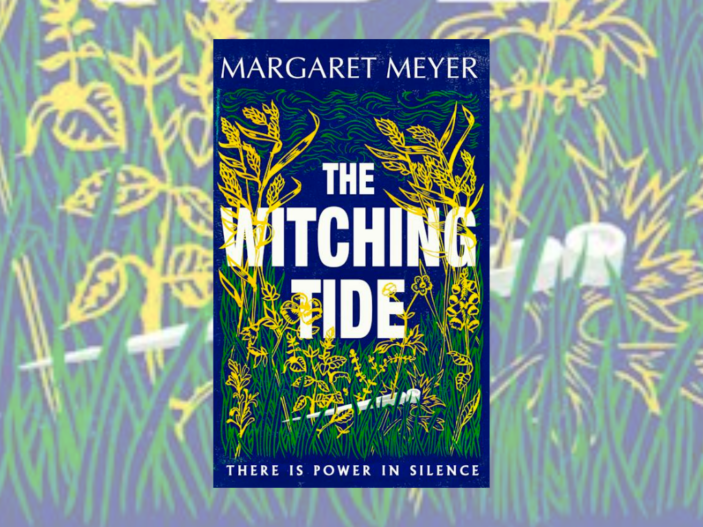
In Margaret Meyer’s The Witching Tide, the story of a witch-hunt is seen through the eyes of Martha Hallybread, a mute midwife, who may actually be a witch. Ironically, she is the only woman in her town who seems to be safe from the paranoia and suspicions of a community riddled with bad luck – failed crops, sunken ships and stillborn children for which someone must be blamed.
When a witchfinder is brought in from a neighbouring town, it seems like more and more women are being taken for more and more trivial of reasons. Class is no barrier, either, and even Martha’s heavily pregnant mistress is hauled in to the county jail. Martha’s employer makes a deal with the witchfinder, and has Martha helping to examine her friends and neighbours’ bodies for signs that they have indeed been in legion with the Devil.
Compared to the work of Atwood and Mantel by some, and O’Farrell and Kent by others, this debut novel by former book editor turned historical novelist, Margaret Meyer certainly has the literary leanings of those writers. It is a novel which, while treading the now very familiar and increasingly popular fictionalised territory of witch trials world wide, does not quite live up to the potential that such novels can have in the post Me-Too world.
Martha is hard to relate to, as she often acts in a fairly unethical manner. Being unable to speak to her friends and neighbours, except in a strange form of signing that some people miraculously seem to understand, while others are baffled, she doesn’t attempt to justify her actions or stand up against the many injustices that she sees. The things she does are often motivated by fear. For example, when the baby she helps to deliver at the beginning of the book is born with a cleft palate and is unlikely to live, she helps it to pass so that the mother will not accuse Martha of bewitching her child, and then allows another person to later take the blame for the child’s death. She later actively feeds in to the ludicrous claims that another woman’s familiar is in the examination room at the jail to protect herself from suspicion. In fact, it is this other woman, Jennet, who behaves more like a heroine throughout the story. While I don’t subscribe to the belief that female characters need to be likeable, I do believe that you should not actively view a book’s protagonist as villainous unless that was the author’s intention.
The novel does draw clever parallel’s between historical witch-hunts and modern-day sexism, particularly in a powerful sequence where Martha’s rejection of an entitled man leads to his belief that she deserves to be assaulted. These sections are extremely confronting and may be triggering for some readers. That being said, I found the writer’s ability to render some of the more violent and despicable aspects of the witch trials a refreshing perspective. Many accounts shy away from depicting the more brutal parts of history, but in The Witching Tide, Meyer reminds us that, far from Monty Python’s duck analogy, witch trials were often brutal affairs and included torture, rape and the violent executions of both women and men.
If you like the writing of Hannah Kent, I think you’ll like The Witching Tide, but don’t expect a transporting historical read. This one will make you think, and remember.
THREE STARS (OUT OF FIVE)
Margaret Meyer’s The Witching Tide is available now from Hachette Australia. Grab yourself a copy from Booktopia HERE.

